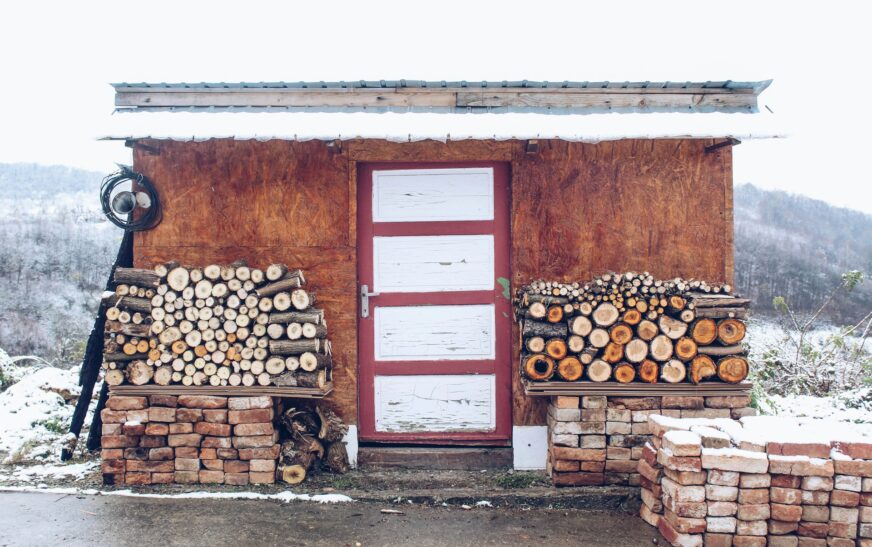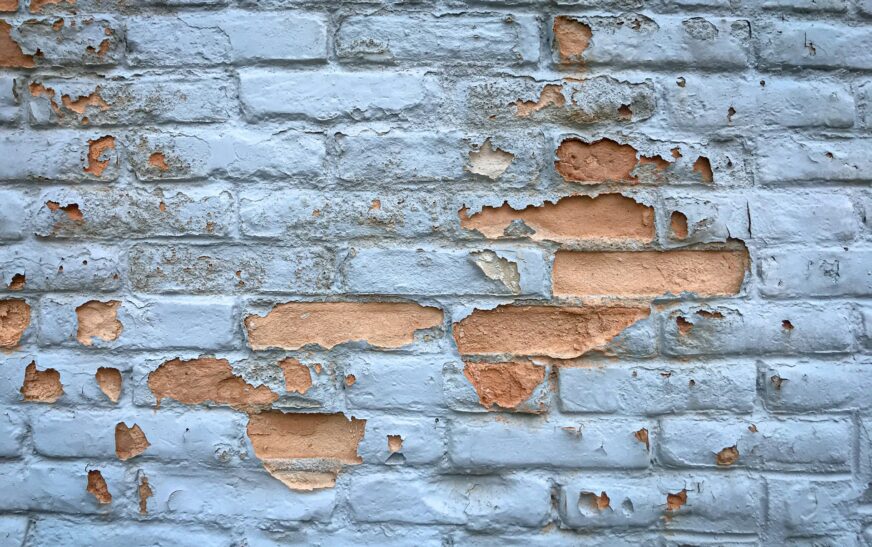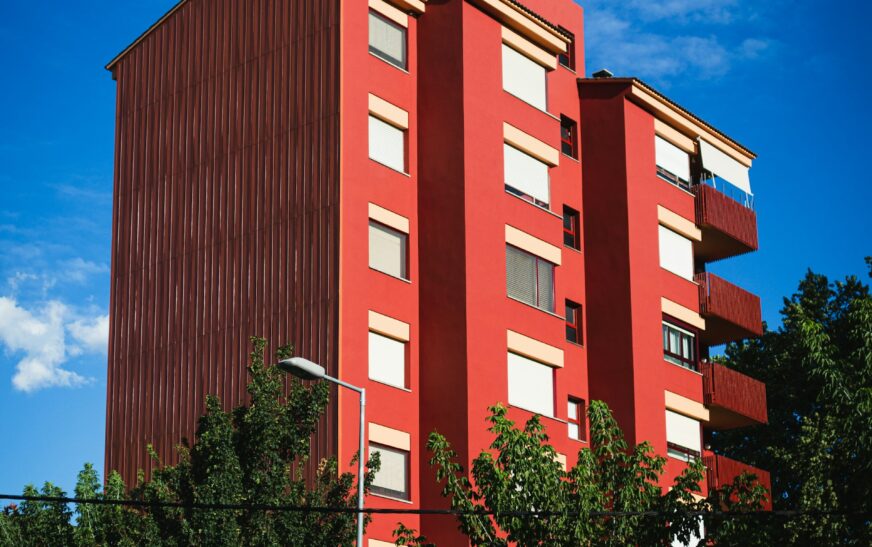Brick fireplaces have a certain rugged charm. There’s something romantic about aged red brick framing a dancing flame. But times change, and what once felt classic can start to feel dark or dated. So the big question is: should you paint your brick fireplace?
This isn’t just a cosmetic choice. Once painted, brick rarely goes back. The texture remains, yes—but the natural tone, patina, and earthy character? Buried under layers of pigment. So before you grab a roller, let’s explore the pros, cons, and alternatives.
The Case for Painting a Brick Fireplace
1. Instant Modernization
A coat of paint can completely transform your fireplace. White, soft grey, or matte black can brighten and modernize a tired-looking hearth, giving your whole room a fresh, updated feel.
2. Unifies Mismatched Materials
Older homes often have brick that’s overly orange, dull brown, or unevenly speckled. Paint can unify the surface, creating a cleaner, more cohesive look that works with the rest of your décor.
3. Easy to Style Around
A painted fireplace is a neutral canvas. Scandinavian, industrial, or transitional—you name it, it pairs beautifully. Seasonal décor changes? Easy. Furniture updates? No problem.
Pro tip: Use heat-resistant, breathable paint to prevent trapped moisture and reduce flaking.
The Case Against Painting a Brick Fireplace
1. It’s (Mostly) Permanent
The biggest hesitation? Reversing painted brick is tough. Stripping it is labor-intensive, rarely perfect, and often damages the brick surface. Once you paint it, it’s mostly forever.
2. Loss of Natural Character
Brick is more than just a surface—it’s texture, tone, and depth. Paint flattens these qualities. That earthy richness gives a room a grounded, organic presence that painted brick can’t replicate.
3. Maintenance Over Time
Even quality masonry paint can chip, peel, or trap moisture. Older homes or humid climates are especially tricky. Painted brick often demands more upkeep than you’d expect.
Questions to Ask Yourself Before Painting
- Is the brick in good condition?
Crumbling, flaking, or moisture-damaged brick shouldn’t be painted—it could make problems worse. - Is this a historic feature?
Painting century-old brick can reduce your home’s architectural value. - Am I okay with this being permanent?
Trends come and go. What feels chic today might feel dated tomorrow. Make sure it’s a decision for you—not just Instagram aesthetics.
Read More : How to Remove Latex Paint from Brick
Alternatives to Painting
Not ready for commitment? Consider less permanent options:
- Limewashing: Creates a soft, whitewashed look while letting the brick’s texture peek through.
- German Smear: A mortar wash technique that lightens the brick without fully covering it.
- Staining: Absorbs into the brick, preserving texture with long-lasting color and minimal upkeep.
A brick fireplace is more than a heater—it’s a statement. Paint it, and you modernize; leave it, and you preserve timeless character. Either way, think carefully before committing to a permanent change.










